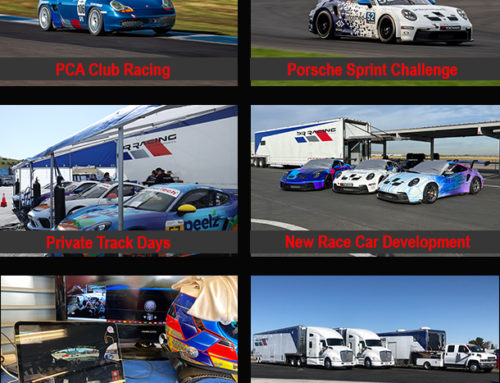TIRE MARKINGS
If you go to any club race, semi-PRO race, or PRO race, and look at the sidewalls of tires, you will likely see all sorts of markings on the sidewalls of the tires. What’s it all mean, and why are the markings there? Are we all just kids wanting to draw on something, or are we trying to play w our competitors minds by making them think we have some secret sauce?
Just like any “process”, the more you can communicate to your co-workers / teammates / or users, the more informed all are, and the right decisions can be made. The decisions for tires are often made at two locations….at the track, and away from the track (like back at home or back at the shop). There are several items we try to document about the tire –
– Balanced valve stem position
– Heat cycles
– Age and first use of the tire
– Location on the car
– Tire compound
I’m sure there is more that could be included….but any more info, and we won’t have any room on the sidewall to document, and confusion will start to set in.? With us now having multiple customers at some events, and running the same type of tires, sizes, and wheels, documenting this becomes very important.
– Balanced valve stem position – this marks the location of the valve stem on the tire, after the wheel was initially balanced.? With the speeds that the cars are traveling, having a balanced wheel is critical.? Often, under hard braking and hard acceleration, the tire will “spin” on the rim, creating an imbalance.? The customer will often report that they had a vibration, and we can quickly check the valve stem position to see if the tire rotated on the rim.
– Heat cycles – every time we use the tire, and get it fully up to temp, and then it cools, we mark the side of the tire.? Depending on the tire (a Pirelli slick vs a Hoosier R compound vs a Michelin SuperSport), each one has a different range of the number of heat cycles that they will endure before they start to really fall off.? So, by marking the tire, we can quickly assess its usability for another session or event.
– Age / First Use – not only a tire will a tire has a range of heat cycles, but also once it has gone thru at least one heat cycle, it will start to “age out”.? By marking the tire (like RA for Road America), we can quickly assess where these tires were first put into battle.
– Location on the car – tires will wear in different manners on different locations on the car, and for different tracks.? We can also know that if a driver reports an issue w the right front, when he comes in, and we pull that wheel for examination later, we can still know which one it is.
– Compound – Once you move into slicks, simplying saying that you have a Michelin slick doesn’t tell you the whole story…it could be an S8H or a S9H.? So, having the marking makes it easy, as we will alter the mix of compounds to further help setup and handling
So, the next time you see odd markings on the side of the tire….see if you can make sense of it.
BRracing – working at the speed of FUN






Leave A Comment
You must be logged in to post a comment.